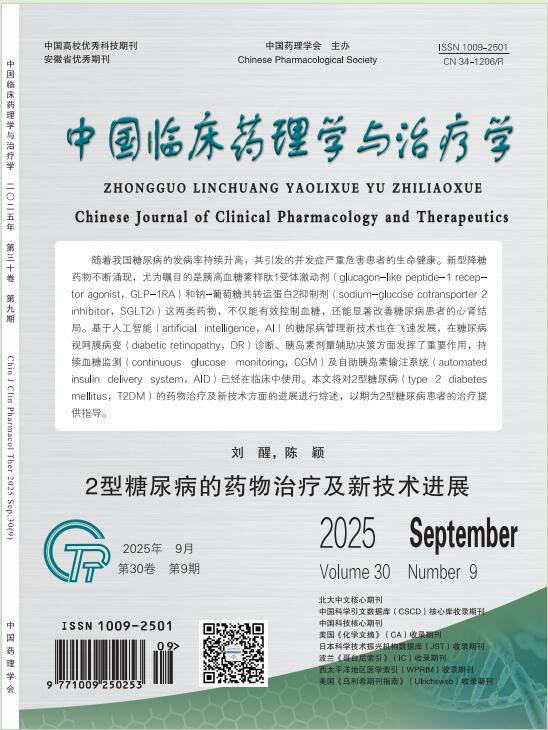AIM: To evaluate the efficacy and safety of vedolizumab in the treatment of inflammatory bowel disease. METHODS: The clinical data of 25 patients with inflammatory bowel disease (IBD) (13 ulcerative colitis (UC) and 12 Crohn's disease (CD)) treated with vedolizumab (VDZ) in the Anorectal department of our hospital from July 2020 to August 2023 were retrospectively collected. VDZ 300 mg was given intravenously at weeks 0, 2 and 6 to induce remission, and 300 mg was given intravenously every 8 weeks to maintain remission. The evaluation was carried out after 30 weeks of treatment. The primary efficacy indicators included clinical response rate, clinical remission rate, and endoscopic remission rate. The secondary efficacy indicators included nutritional status indicators (body weight (Wt), hemoglobin (HGB), albumin (ALB), hematocrit (HCT)), inflammation degree indicators (high-sensitivity C-reactive protein (hs-CRP), erythrocyte sedimentation rate (ESR)). All adverse reactions that occurred during VDZ treatment were recorded. RESULTS: The total clinical response rate of IBD patients treated with VDZ for 6 weeks and 14 weeks was 32% and 60%, respectively. The total clinical remission rate of IBD patients treated with VDZ for 14 weeks and 30 weeks was 16% and 36%, respectively. There was no significant difference in clinical response rate and clinical remission rate between UC and CD treated with VDZ (P>0.05). After 30 weeks of treatment, the body weight of UC patients was significantly increased, the levels of HCT%, ALB and HGB were significantly improved, and the level of ESR was significantly decreased. After 30 weeks of treatment, the body weight of CD patients increased significantly, and the inflammatory index hs-CRP, nutritional index HCT%, ALB and HGB levels were significantly improved. One patient had an increase in white blood cell count after the third infusion of VDZ, and no other adverse reactions occurred. CONCLUSION: As an induction and maintenance therapy for IBD patients, VDZ can alleviate intestinal inflammation, relieve clinical symptoms, improve nutritional status and improve quality of life of patients, with high safety.


